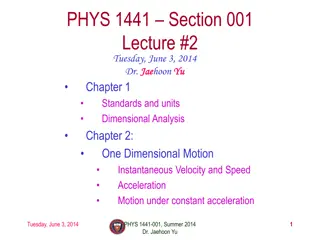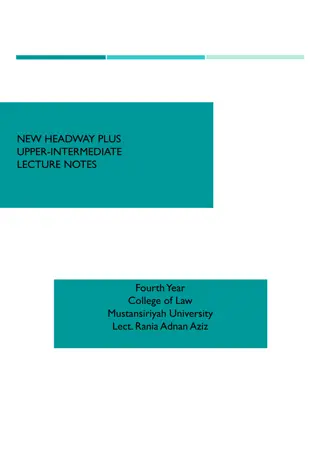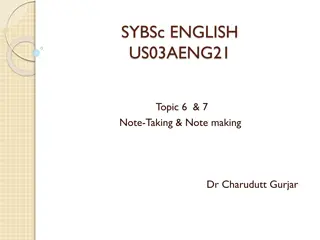
Comparison of Conservative Authoritarianism and Totalitarianism: A Historical Analysis
Explore the distinctions between Conservative Authoritarianism in the 17th-18th century and Totalitarianism in the 20th century through a Venn Diagram, highlighting their differences and similarities. Understand the revival of Conservative Absolutism after WWI and the rise of Radical Totalitarian Dictatorships like Fascism and Communism.
Download Presentation

Please find below an Image/Link to download the presentation.
The content on the website is provided AS IS for your information and personal use only. It may not be sold, licensed, or shared on other websites without obtaining consent from the author. If you encounter any issues during the download, it is possible that the publisher has removed the file from their server.
You are allowed to download the files provided on this website for personal or commercial use, subject to the condition that they are used lawfully. All files are the property of their respective owners.
The content on the website is provided AS IS for your information and personal use only. It may not be sold, licensed, or shared on other websites without obtaining consent from the author.
E N D
Presentation Transcript
Chapter 27 Notes for pgs. 904-917
Conservative Authoritarianism vs. Totalitarianism On a half piece of paper Using your notes, textbook (pgs. 904-906), and previous worksheets, create a Venn Diagram to compare and contrast Conservative Authoritarianism (17th-18th century) with Totalitarianism (20thcentury). How are the two systems different? What similarities do they have?
Conservative Absolutism The traditional form of antidemocratic government in European history. Prevent major changes to undermine social order. Klemens von Metternich Limited in power and objective. Preoccupied with the goal of mere survival and limited their demands to taxes, army recruits, and passive acceptance. Stick to the status quo personal independence Why did this government system revive after WWI? Catherine the Great
Radical Totalitarian Dictatorships Leaders of the radical dictatorships rejected parliamentary restraint and liberal values. Leaders exercised unprecedented control over the masses and sought to mobilize them for constant action. Fascism in Italy & Germany Communism in the Soviet Union How did Totalitarian regimes gain support?
Mussolini: The Seizure of Power Italy was a constitutional monarchy on the eve of WWI. Universal male suffrage Extreme class differences Benito Mussolini (1883-1945) Influenced by antidemocratic cults of violent action Black Shirts: private and violent army attack socialism Seized power legally in 1922
The Regime in Action Repressive measures to maintain fascism. Abolished free press, elections were fixed, and the gov. ruled by decrees Italy became a one-party dictatorship under Mussolini s leadership. Lateran Agreement (1929): Vatican became an independent state & mutual support. Not complete establishment of a totalitarian state
Key components of Fascism As you read through Benito Mussolini s, The Doctrine of Fascism, answer the following questions in your notes 1. Based on the excerpt from Mussolini, what are the key components of Fascism? 2. What government policies would logically flow from such a doctrine?






















